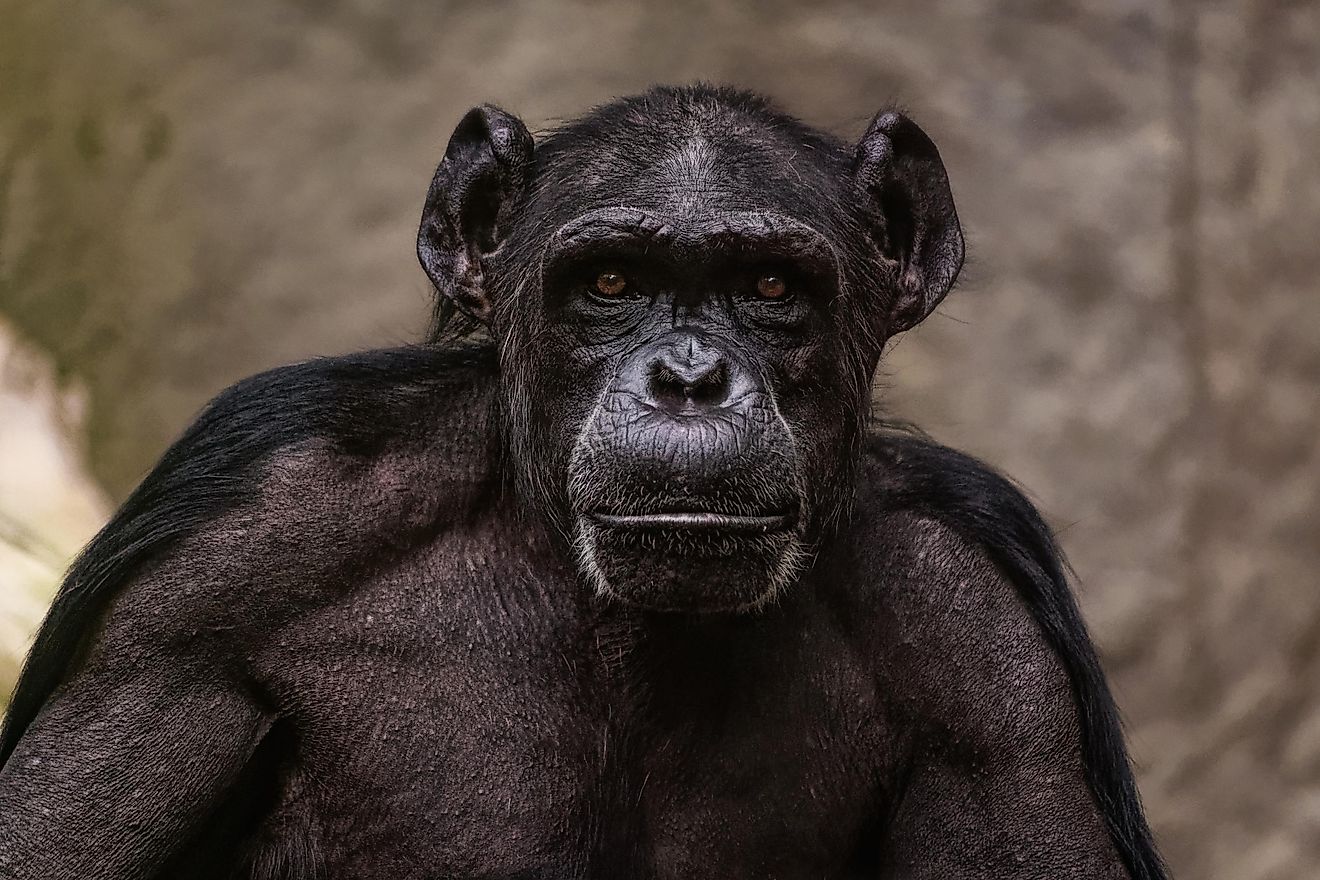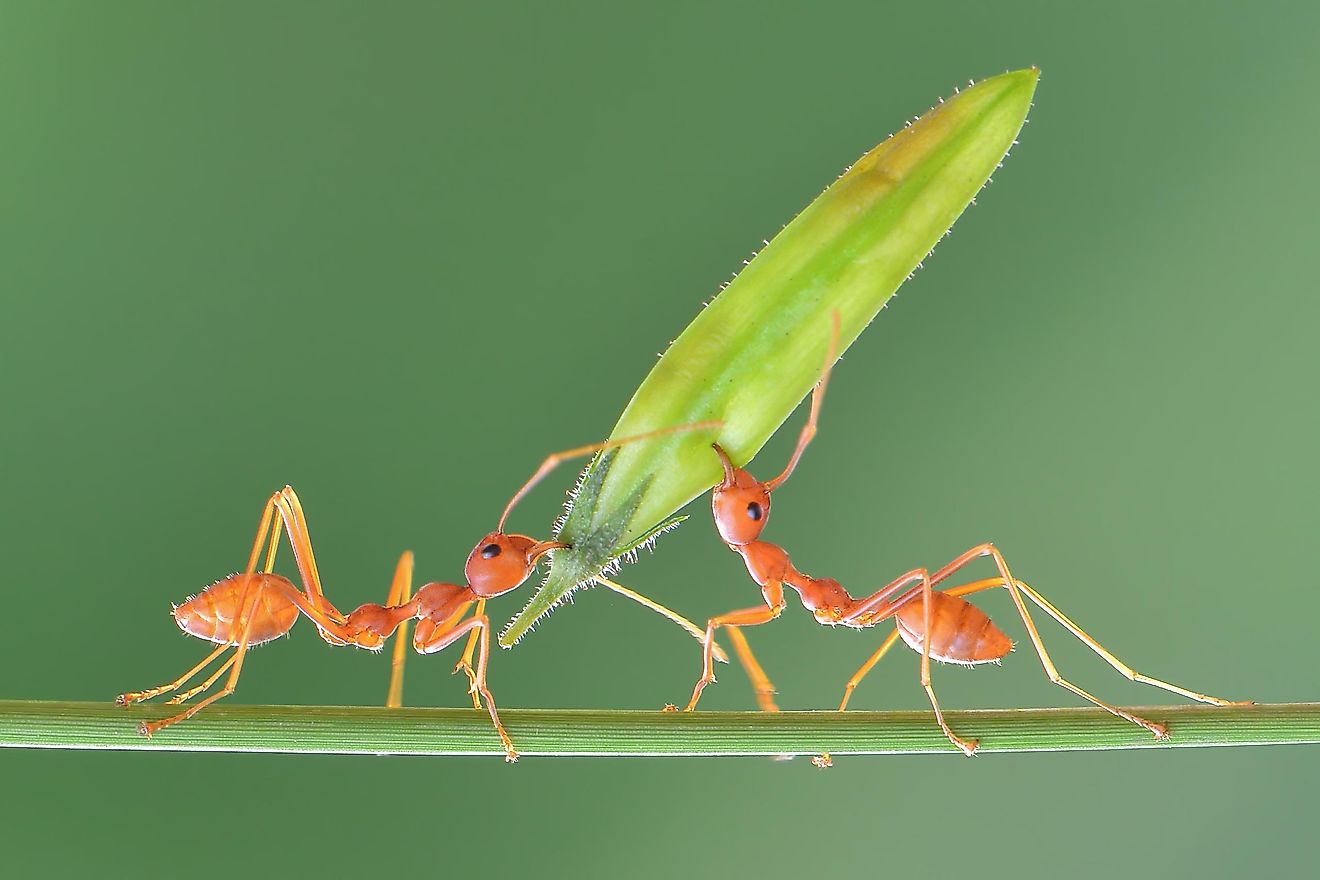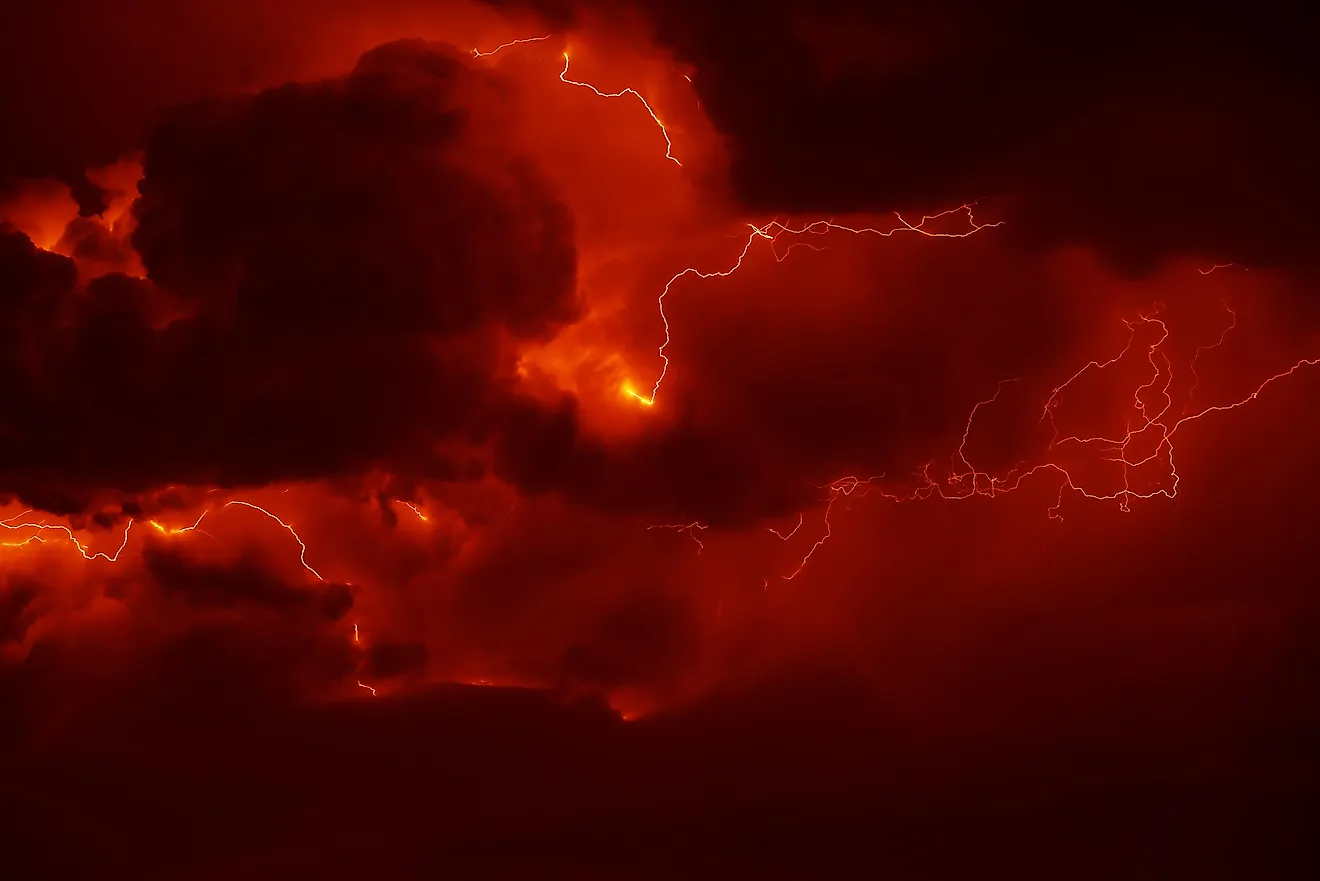5 Things You Should Know About: Central America

- About 6 million people in modern-day Central America and Mexico speak one of over 25 Mayan languages.
- The Darien Gap, which begins in Panama and ends in Colombia, is known as one of the most dangerous places in the Western Hemisphere.
- The Federal Republic of Central America was a nation composed of what are now the countries of Honduras, Nicaragua, Guatemala, El Salvador, and Costa Rica.
Central America is an isthmus that lies between the continents of North and South America. The consensus is not definite, but is considered a part of North America. It separates the Pacific Ocean from the Caribbean Sea and is roughly 1,140 miles long. Several of the region’s countries share a similar history of the Spanish conquest. However, they have different political or economic systems. Some countries have experienced many civil wars, while others have remained relatively peaceful. Here are five things you should know about Central America.
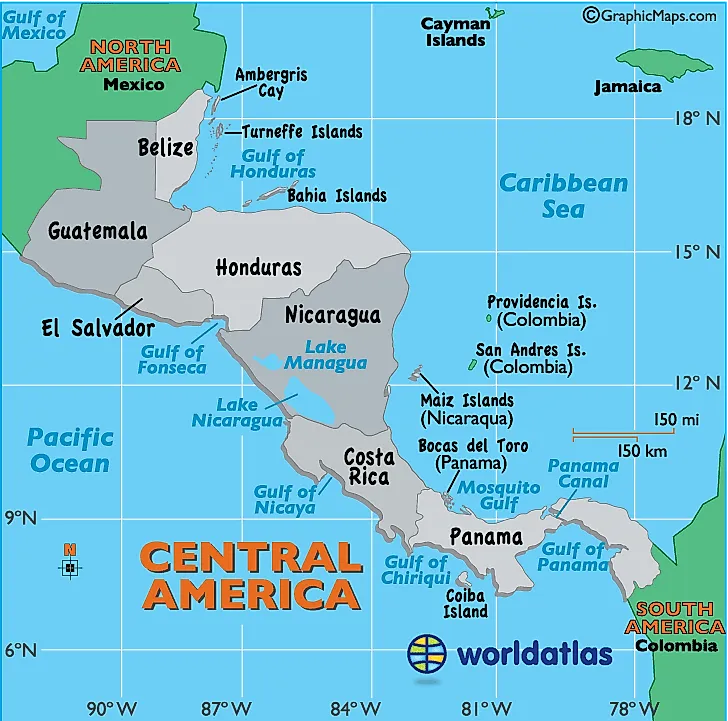
1. The Countries That Make Up Central America
There are seven countries in Central America: Guatemala, Belize, El Salvador, Honduras, Nicaragua, Costa Rica, and Panama. Guatemala is the largest country by population, with almost 18 million inhabitants. El Salvador is the smallest country by landmass, but it is the most densely populated, with about 811 people per square mile.
Costa Rica is one of the most politically stable countries in Central America. It also has no standing army. Belize was a British colony and is still part of the Commonwealth, and was the only place in Central America along with a former colony called the Mosquito Coast which is now part of Honduras and Nicaragua that was colonized by the British. Belize is the only country in the region where English is the official language, but its inhabitants are often multilingual and speak Creole, Spanish, or an Indigenous language such as Yucatec or Mopán, which are Mayan languages.
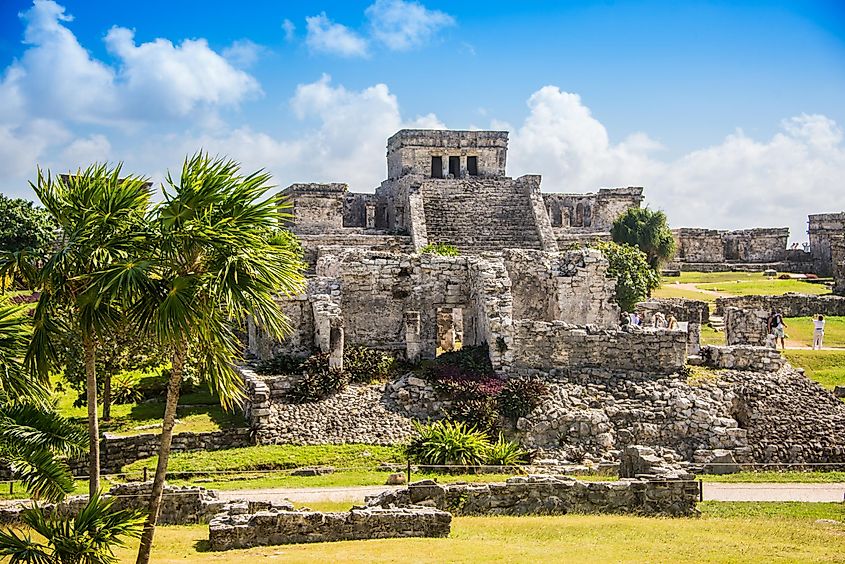
2. It Is On The Land Of The Mayan Empire
The Mayan Empire was one of the most dominant Indigenous civilizations in Mesoamerica before the Spanish conquest in the 16th century. In modern-day Central America and Mexico, around 6 million people speak the over 25 Mayan languages still alive today. Descendants of the Maya live in Guatemala, Honduras, Belize, and El Salvador. About 40% of Guatemalans are of Mayan descent.
The earliest Mayan settlements date back to around 1800 BCE but peaked during the Classic Period, which began around 250 AD. During this period, the civilization grew to some 40 cities, with many flourishing and reaching between 5,000 and 50,000 inhabitants. At its peak, the Maya population increased to about 2 million people. It is not clear how it declined, but by the time the Spanish explorers arrived, the inhabitants of the land were mostly living in small agricultural villages, no longer in the great cities they once occupied.
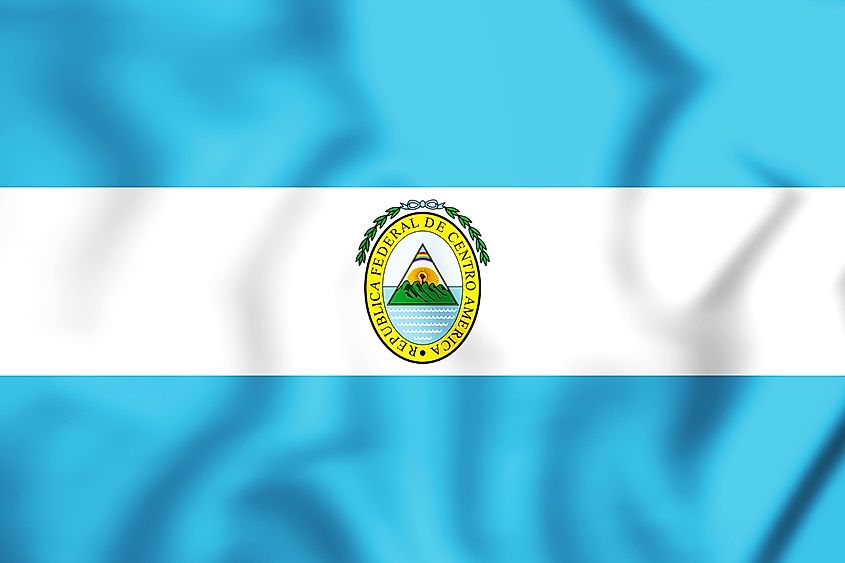
3. Five Countries Once, Briefly, Formed One Large Country
The Federal Republic of Central America was a short-lived nation formed in 1823 and made up of present-day Honduras, Nicaragua, Guatemala, El Salvador, and Costa Rica. Before this union, the region (plus the Mexican state of Chiapas) was part of the viceroyalty of New Spain.
Once the nation formed, there was constant infighting amongst the Liberals and Conservatives. This disagreement resulted in a civil war that caused the disintegration of the union in 1840. The republic broke off into the countries that form Central America today.
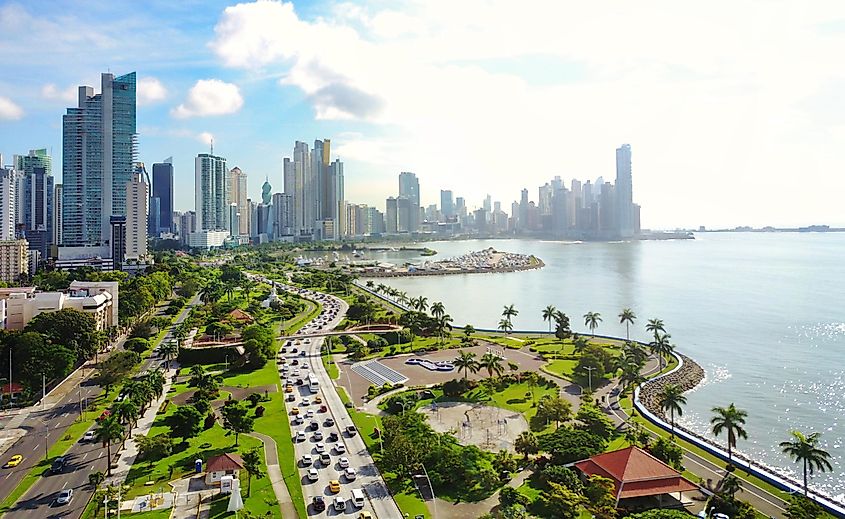
4. Pedro Arias Davila Was An Important Historical Figure
Pedro Arias Davila, also known as Pedrarias, was a Spanish soldier who led the first Spanish mission to form permanent colonies in the American mainland. He sent some of his men on conquest expeditions to what is now Costa Rica and Nicaragua. His achievements include founding Panama City, establishing colonies in present-day Panama and Nicaragua, and acting as governor in both countries.
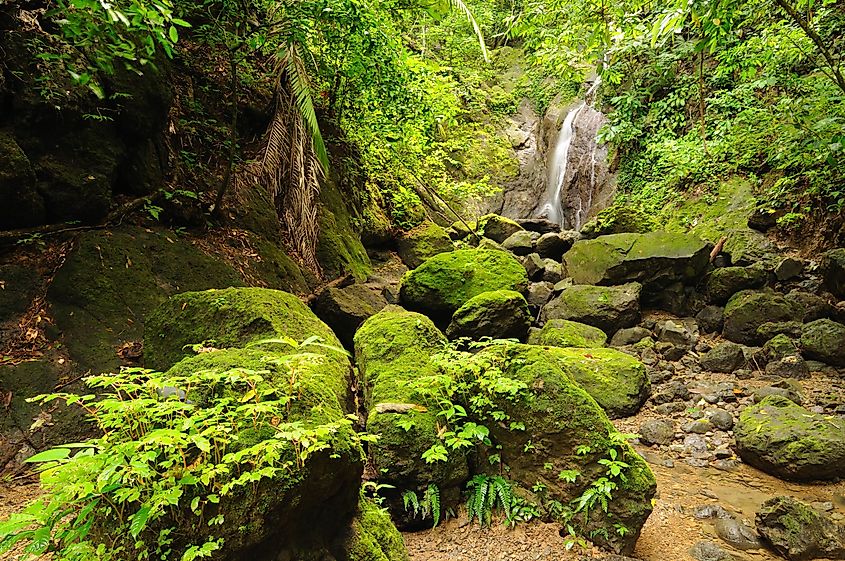
5. The Pan-American Highway Is Incomplete Due To A Gap
The Pan-American Highway is a nearly 30,000-mile-long road that stretches from Alaska to the tip of Argentina. But from Panama to Colombia, there is a gap of wild tropical rainforest called the Darien Gap that the Pan-Am Highway cannot pass through. When travelers reach the gap’s entrance in Panama, they have to load their vehicles onto a ferry to enter Colombia.
The Darien Gap is known as one of the most dangerous places in the Western Hemisphere due to its harsh terrain, poisonous creatures, and armed guerrilla patrols. Attempts to build a route have been unsuccessful due to its geography and conflict with the Indigenous populations living in the area. In fact, remnants of the British attempt to build a railroad here are still rusting away in the forest, many years later
Not quite North American, not quite South American, Central America is a whole world unto its own, with historical landmarks dating back further in time than Europe, and just as much cultural richness. It offers boundless opportunities for explorers, from backpacking to beaches, history to nightlife. Just bring your rain jacket; the rain season here is quite something!








